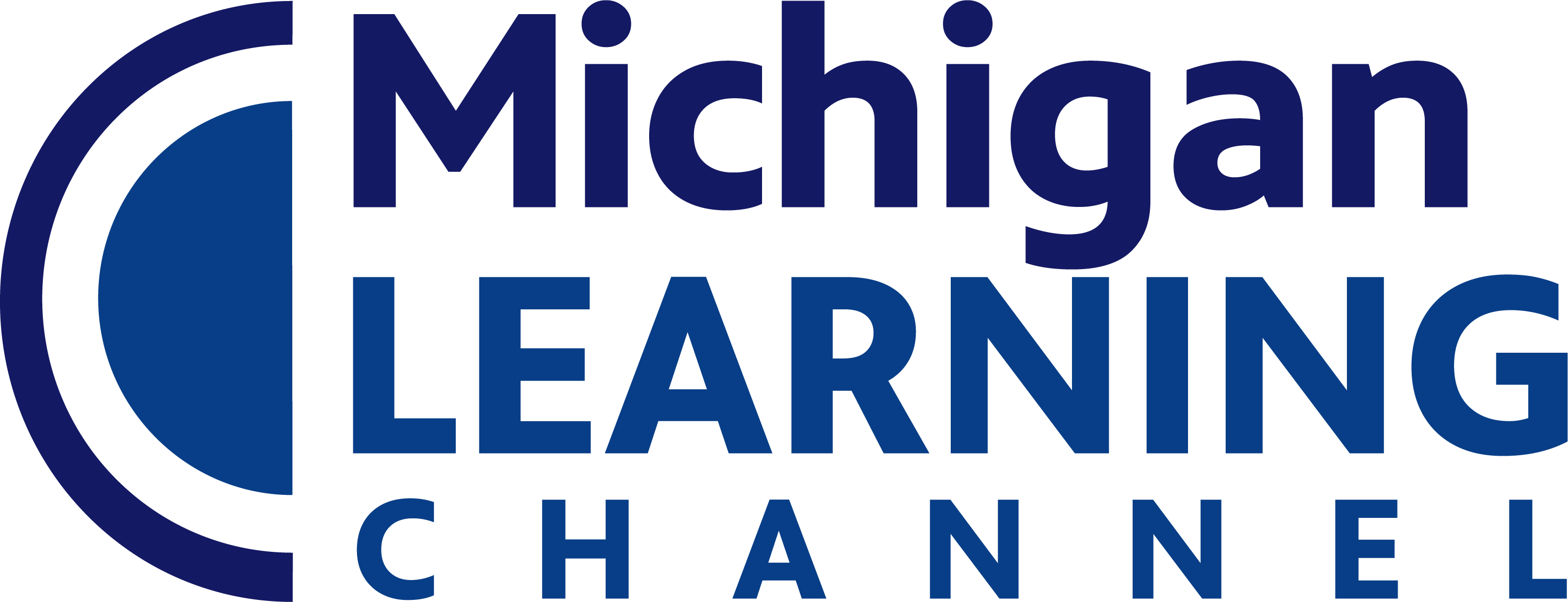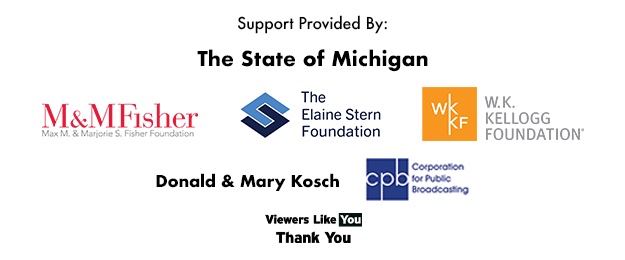Subjects
Shows
Use critical thinking strategies to observe, compare, and contrast artworks at an emerging level.
Develop and defend informed aesthetic opinions about works of art using artistic vocabulary at an emerging level.
Identify personal and community experiences within works of art at an emerging level.
Recognize, describe and analyze, and evaluate how art contributes to and reflects all societies and cultures at an emerging level.
Articulate an understanding of the historical, social, and cultural contexts of artwork with an emerging level of aesthetic sophistication.
Decode and interpret artwork to discern between prejudice and tolerance, bias, and fact at an emerging level.
Recognize and describe, personal, family, and community connections with artworks at an emerging level.
Recognize and describe the skills used in visual arts careers at an emerging level.
Analyze and compare the characteristics of work in two or more art forms that are dissimilar in subject matter, historical [...]
Demonstrate an understanding of their place in the visual world and develop an appreciation of how they are part of [...]
Analyze and describe ways in which the principles and subject matter of other disciplines taught in school are interrelated with [...]
Speculate on the meaning of a theatrical production as impacted by its politics and culture.
Compare and contrast the feelings and emotions portrayed on stage to one's personal experiences.
Understand the varying qualities of materials, techniques, media technology, and processes at an emerging level.
Understand the concept of proper use of art materials and using tools safely and responsibly at an emerging level.
Employ reflective thinking skills by observing, analyzing, and critically evaluating works of art for the purpose of improving technical quality [...]
Produce and exhibit a final product that demonstrates quality craftsmanship and technique at an emerging level.
Develop and apply critical thinking strategies through the art making process at an emerging level.
Collaborate, communicate, and work with others to create new ideas at an emerging level.
Initiate new ideas employing inventiveness and innovation at an emerging level with increasing independence.
Make knowledgeable choices about materials, techniques, media technology, organizational principles, and processes to articulate ideas and communicate intended meaning at [...]
Critically observe, describe, and analyze visual characteristics at an emerging level.
Interpret artwork searching for embedded meaning, function, and personal connections at an emerging level.
Improve descriptions of how the artist’s choice of materials, techniques, media technology, and processes influence the viewer.
Describe and compare the relationships between the art forms and their characteristic materials.
Describe ways in which music is related to the subject matter of at least two other disciplines.
Serve as leader to utilize effective communication and organizational skills to facilitate a successful rehearsal.
Execute a variety of different research methods: script inference, human observation, and personal experiences to create characters.
Create monologues, dialogues, and short plays in response to real life conflict.
Examine and demonstrate the role of the designer and technical elements in the theatre process.
Study a play or story, and visualize, draw, and create a simple theatrical environment for it.
Analyze and discuss recurring themes and patterns in a script to inform technical decisions.
Apply research to make informed artistic choices to support the creation and portrayal of characters and their stories.
Compare and contrast materials from various sources to discover how they affect audience response.
Subjects
Shows
Use critical thinking strategies to observe, compare, and contrast artworks at an emerging level.
Develop and defend informed aesthetic opinions about works of art using artistic vocabulary at an emerging level.
Identify personal and community experiences within works of art at an emerging level.
Recognize, describe and analyze, and evaluate how art contributes to and reflects all societies and cultures at an emerging level.
Articulate an understanding of the historical, social, and cultural contexts of artwork with an emerging level of aesthetic sophistication.
Decode and interpret artwork to discern between prejudice and tolerance, bias, and fact at an emerging level.
Recognize and describe, personal, family, and community connections with artworks at an emerging level.
Recognize and describe the skills used in visual arts careers at an emerging level.
Analyze and compare the characteristics of work in two or more art forms that are dissimilar in subject matter, historical [...]
Demonstrate an understanding of their place in the visual world and develop an appreciation of how they are part of [...]
Analyze and describe ways in which the principles and subject matter of other disciplines taught in school are interrelated with [...]
Speculate on the meaning of a theatrical production as impacted by its politics and culture.
Compare and contrast the feelings and emotions portrayed on stage to one's personal experiences.
Understand the varying qualities of materials, techniques, media technology, and processes at an emerging level.
Understand the concept of proper use of art materials and using tools safely and responsibly at an emerging level.
Employ reflective thinking skills by observing, analyzing, and critically evaluating works of art for the purpose of improving technical quality [...]
Produce and exhibit a final product that demonstrates quality craftsmanship and technique at an emerging level.
Develop and apply critical thinking strategies through the art making process at an emerging level.
Collaborate, communicate, and work with others to create new ideas at an emerging level.
Initiate new ideas employing inventiveness and innovation at an emerging level with increasing independence.
Make knowledgeable choices about materials, techniques, media technology, organizational principles, and processes to articulate ideas and communicate intended meaning at [...]
Critically observe, describe, and analyze visual characteristics at an emerging level.
Interpret artwork searching for embedded meaning, function, and personal connections at an emerging level.
Improve descriptions of how the artist’s choice of materials, techniques, media technology, and processes influence the viewer.
Describe and compare the relationships between the art forms and their characteristic materials.
Describe ways in which music is related to the subject matter of at least two other disciplines.
Serve as leader to utilize effective communication and organizational skills to facilitate a successful rehearsal.
Execute a variety of different research methods: script inference, human observation, and personal experiences to create characters.
Create monologues, dialogues, and short plays in response to real life conflict.
Examine and demonstrate the role of the designer and technical elements in the theatre process.
Study a play or story, and visualize, draw, and create a simple theatrical environment for it.
Analyze and discuss recurring themes and patterns in a script to inform technical decisions.
Apply research to make informed artistic choices to support the creation and portrayal of characters and their stories.
Compare and contrast materials from various sources to discover how they affect audience response.


